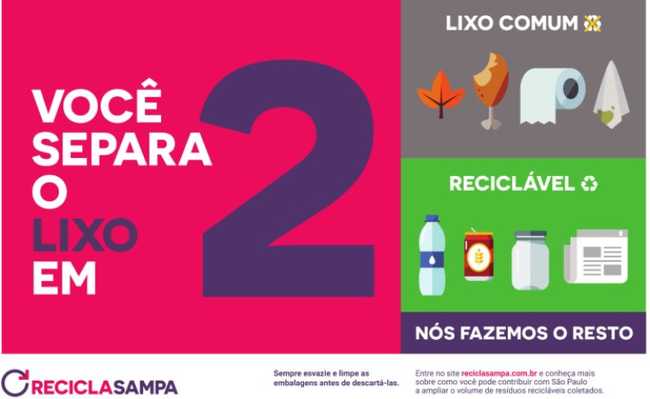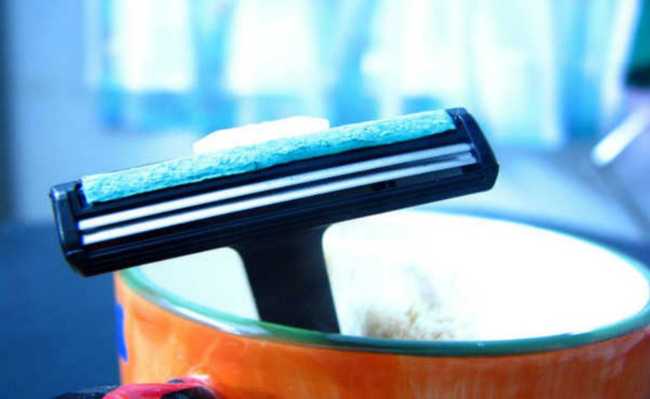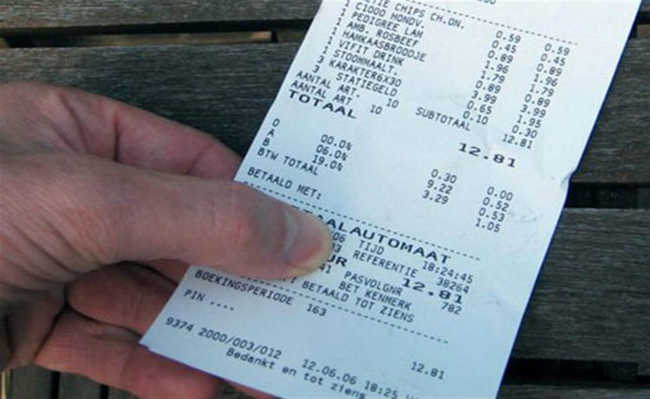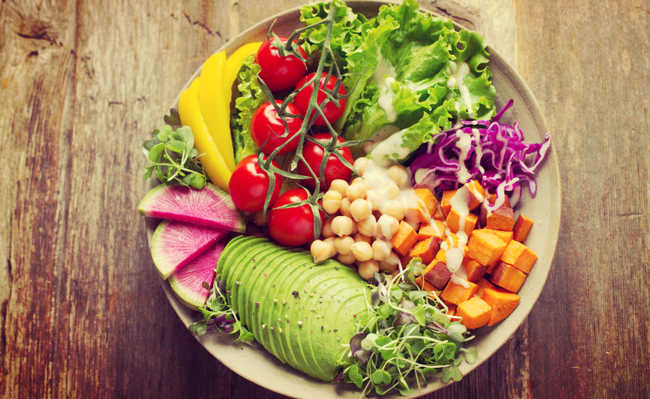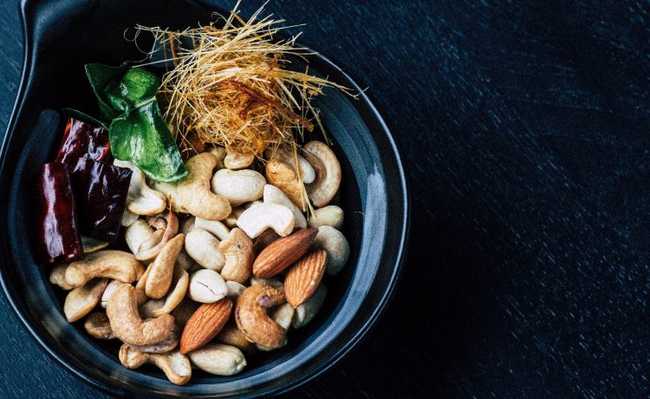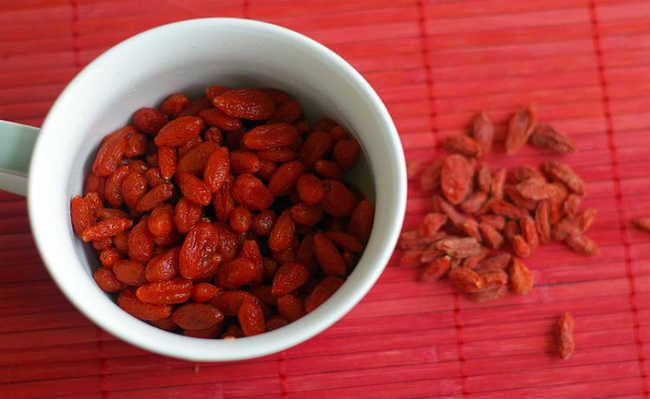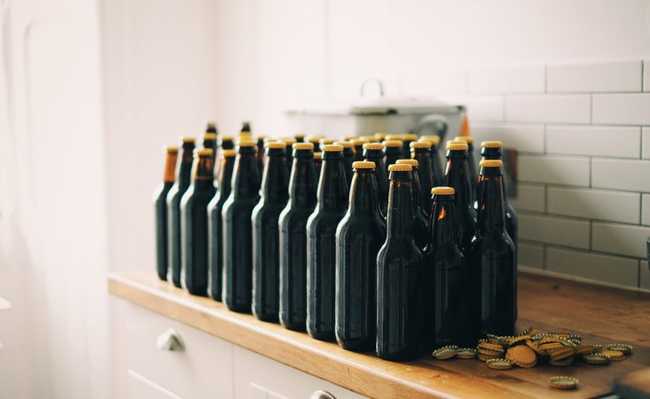Understand how the plastic sea affects marine life
The plastic sea is the result of a deeply ill-structured system

Dustan Woodhouse image in Unsplash
PET bottles, film paper, bags, cups and plastic packaging are utensils that provide practicality and comfort in everyday life, as they are durable and resistant to degradation. However, if we analyze the environmental cost of these advantages, we will see that it is worth rethinking our consumption habits.
Each year, eight million tons of plastic end up in ocean waters, causing 100,000 marine animals to die, according to data from the United Nations (UN). In addition, the institution claims that, if the consumption rate remains the same, in 2050 there may be more plastic than fish in the oceans.
According to the United Nations Environment Program (UNEP), 90% of all debris in the oceans is plastic. In addition, there are 46,000 plastic fragments in every 2.5 square kilometers of surface in these environments. In addition, studies show that for every kilogram of seaweed and plankton found in the oceans, there is at least six kilograms of plastic.
All these data show the seriousness of the situation. Understand how the plastic sea affects marine life.
Plastic sea causes
In several studies, ghost fishing is identified as the main source of plastic contamination of the oceans. However, garbage produced in cities, plastic microspheres present in cosmetics, industrial leaks, washing synthetic fiber clothes, friction of tires on the streets and incorrect disposal of acrylic paints also appear as relevant causes for the formation of plastic sea.
Effects of plastic sea on marine life
The plastic sea can cause countless harm to marine life. Animals often choke on floating litter and many ingest this waste, mistaking it for food. When ingesting plastic, animals suffer false satiety and, with their stomachs stuffed with plastic, are unable to ingest food particles, dying of malnutrition. In addition, plastic enters the food chain and it is estimated that those who regularly eat seafood ingest around 11,000 pieces of microplastic per year.
Another aspect that has been studied is that several microplastic particles can absorb chemical contaminants, such as petroleum compounds, pharmaceuticals or pesticides present in water. Once swallowed, the harmful effects of this contaminated microplastic outweigh the ingestion itself.
Alternatives to the plastic sea
Plastic ocean pollution is the result of a deeply ill-structured system, in which the manufacture of a non-biodegradable product may continue to go unchecked. Although it is possible to recycle, there is no guarantee that the waste will be recycled.
To reduce the amount of plastic waste in the world, ongoing consumption campaigns that educate people about the impact of disposable plastic on the oceans are needed. In addition, it is necessary to avoid products with unnecessary packaging, charge companies to change their attitudes and bet on reuse. There are ideas and it is important that they are put into practice before the seas are increasingly swallowed up by plastics.

